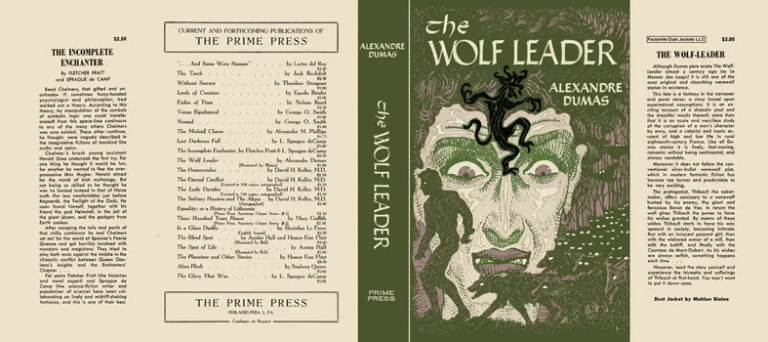Effective policy management is crucial in participatory and integrated planning processes, ensuring that the strategic frameworks guiding development projects align with both local regulations and broader goals. This involves not only understanding and navigating existing policy landscapes but also actively shaping and adapting policies to support the participatory approach. By fostering collaboration between institutions, stakeholders, and communities, policy management ensures that planning efforts are cohesive, legally compliant, and able to respond to the complex needs of urban and infrastructure projects. Through well-managed policies, the participatory process can move from vision to actionable, sustainable outcomes.
The UN-Habitat Urban Planning and Design Lab proposes to use integrated and participatory planning as a planning alternative in situations where no previous planning trajectory had been drawn to tackle a particular issue, or within difficult political contexts. It identifies seven main features of this approach:
- a project-based approach which, as opposed to the product-based approach, focuses on outputs, the management of stages and respect of constraints such as deadlines and budget limits;
- an understanding of the normative framework rather than individual regulations;
- an integrated institutional process;
- a capacity building process that goes through assessment of needs and the establishment of goals;
- strategies to foster participation;
- a thorough methodological design of the intervention;
- a focus on the implementation of results.
The Montréal Urban Ecology Centre also developed a “Participatory Urban Planning” guideline and has been used by many communities across Canada. It’s particularly notable for its highlighting of six stages, which are also relevant for infrastructure planning at a scale that’s larger than urban:
- launch the project;
- understand the issues;
- explore solutions;
- decide on scenarios;
- act together
- inaugurate designs.
As we’ll see in San Diego, LEGO Serious Play offers invaluable tools for at least three of these stages: understanding the issues, exploring solutions through the rapid but thorough evaluation of scenarios, and ensuring the necessary commitment for a joined action between the different stakeholders.







No Comments